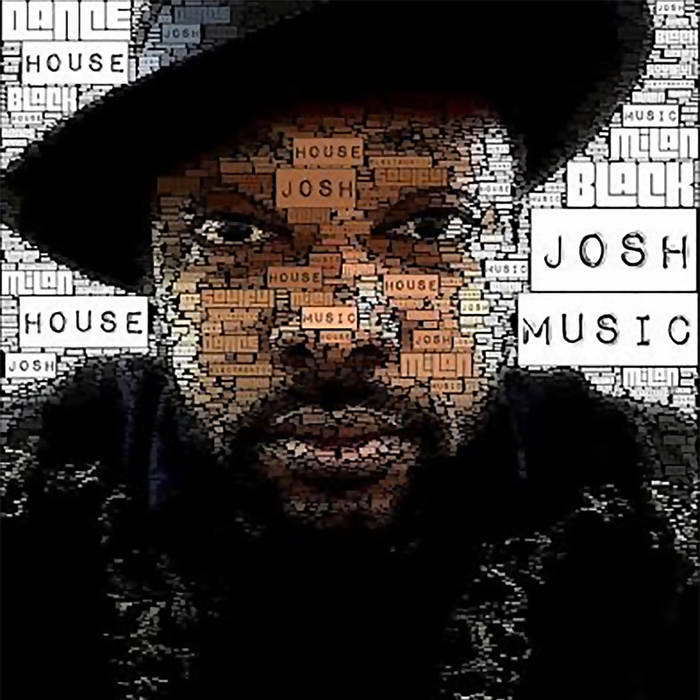 Written by Hannah Karp — Even in the digital era there are plenty of music fans who still buy old-fashioned compact discs for more than $10 a pop. But the money that shoppers have been spending on CDs lately hasn’t necessarily been going to the artists and record labels who created the music.
Written by Hannah Karp — Even in the digital era there are plenty of music fans who still buy old-fashioned compact discs for more than $10 a pop. But the money that shoppers have been spending on CDs lately hasn’t necessarily been going to the artists and record labels who created the music.In the latest challenge for the battered music industry, pirates are flooding Amazon.com Inc. and other online retailers with counterfeit CDs that often cost nearly as much as the official versions and increasingly are difficult to distinguish from the real goods.
One major record company said that in some European markets its direct-to-consumer CD sales were flat, while its Amazon account sales were down 17% or more this year due to counterfeits.
Earlier this month, the American Association of Independent Music alerted its indie-label members about Chinese pirates who have been selling knockoff CDs on Amazon for slightly less than the cost of legitimate albums, bringing illicit copies to market within about two weeks of an album’s release date, and sometimes getting them featured in Amazon’s “buy box.”
Although CD sales accounted for only about 13% of revenue for record labels in the U.S. for the first half of 2016, they accounted for nearly 40% of global revenue for the $15 billion recorded music industry last year, and still make up the bulk of sales in top music markets including France, Germany and Japan, according to the International Federation of the Phonographic Industry.
In late August, the Recording Industry Association of America launched a study to determine the severity of the problem.
Starting with Amazon due to its size, the record-label trade group’s investigators searched for music on the site in a range of categories, from new releases to greatest hits, and placed orders for the CDs that came up in the top search results for each type of album. Of a total of 194 CDs delivered, 44 turned out to be counterfeit—including 18 counterfeit CDs in orders that were fulfilled by Amazon itself, not third-party sellers.
Greatest-hits albums were the most likely to be fake, with 28 of the 36 greatest-hits collections in question proving illegitimate.
Brad Buckles, the RIAA’s executive vice president overseeing antipiracy, said Amazon expressed a desire to help solve the problem after hearing of its survey results this month.
“Amazon should not be playing host to illegal items that would normally be found on the black market,” he said.
Amazon has “zero tolerance for the sale of counterfeits,” said an Amazon spokeswoman, and is “working closely with labels and distributors to identify offenders, and remove fraudulent items from our catalog. We are also taking action and aggressively pursuing bad actors.”
While counterfeiters have been burning knockoff CDs for decades, the problem has intensified for record labels during the past 18 months as more CD buyers shop online. Unlike today’s sophisticated knockoffs, in the past, fakes primarily were sold on the streets, cost much less and often sported photocopied cover art and other obvious signs of phoniness.
Counterfeit sales are an issue for all kinds of retailers who sell their goods on Amazon, not just record labels. Earlier this month Apple Inc. filed a federal lawsuit against a New Jersey company selling counterfeit Apple-branded chargers and cables on Amazon that risked overheating or catching fire. Apple said in the complaint that it had discovered the fakes by ordering what appeared to be Apple products and discovering that the company hadn’t produced 90% of what it received.
Part of the problem stems from the way Amazon manages inventory in warehouses across the country to keep a wide spectrum of products in stock, allowing third-party sellers to pool their inventory with supposedly identical items supplied by official sellers, all of which can end up sharing the same bar code and shelf space.
For the music industry, the phenomenon is just the latest blow to CD sales, which began declining in 2000 as fans started sharing music online on sites such as Napster. Big-box retailers sent revenues down as they discounted CDs to lure shoppers in for bigger-ticket items. Some fans began buying digital albums and singles instead when Apple opened its iTunes Music Store in 2003.
In recent years, sales of CDs have fallen less quickly than sales of digital downloads, which have become less attractive compared with streaming services such as Spotify AB and Apple Music offering 40 million digital tracks for $10 a month.
For some superfans and collectors, CDs remain attractive because of their artwork, liner notes and, some say, better sound quality.
In a letter to the U.S. trade representative earlier this year, the RIAA said it had traced a large number of the counterfeits on Amazon to a CD manufacturing plant in China. “The artwork, packaging and inserts are carefully copied in fine detail. The untrained eye would not even be able to identify them as counterfeits,” the RIAA’s letter said. Russian counterfeits, by contrast, carefully copy the exterior packaging and artwork but can be “sloppy” when it comes to interior packaging, with Russian-language inserts and no effort made to mimic, for instance, various codes printed on the reverse side of the discs themselves, the letter said.
Shoppers, however, can’t necessarily tell where the CDs sold on Amazon are made before they receive them because foreign sellers often mask their location with U.S. addresses on the site, the RIAA found.
Click here to read from this article's source.












































